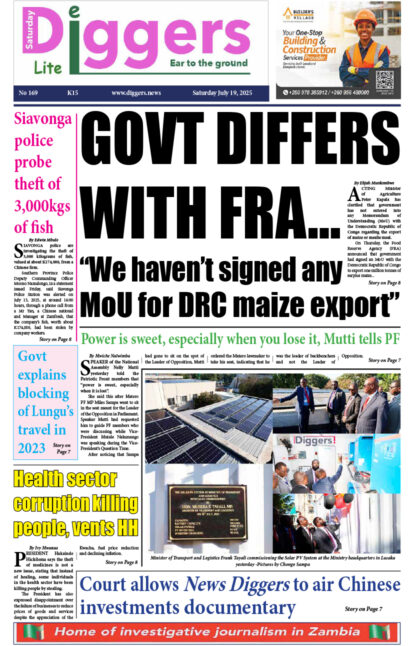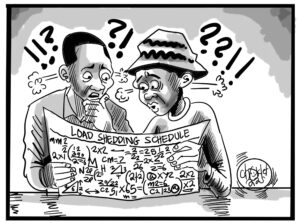The government is making some rather laughable statements that the current load shedding which officially began on 15th December 2022 is beyond their control and an act of God. Well, God does not control the human made systems that allow electricity to flow into our homes and businesses. Perhaps what they mean is that the poor erratic rainfall and low water levels in Kariba Dam is an act of God. But truth be told, it is human activity that has largely produced these effects because it is people who are cutting down trees, burning forests and disturbing the flow of rivers into hydro electricity dams, causing them to dry up faster due to quicker evaporation, soil erosion and poor rainfall....



















